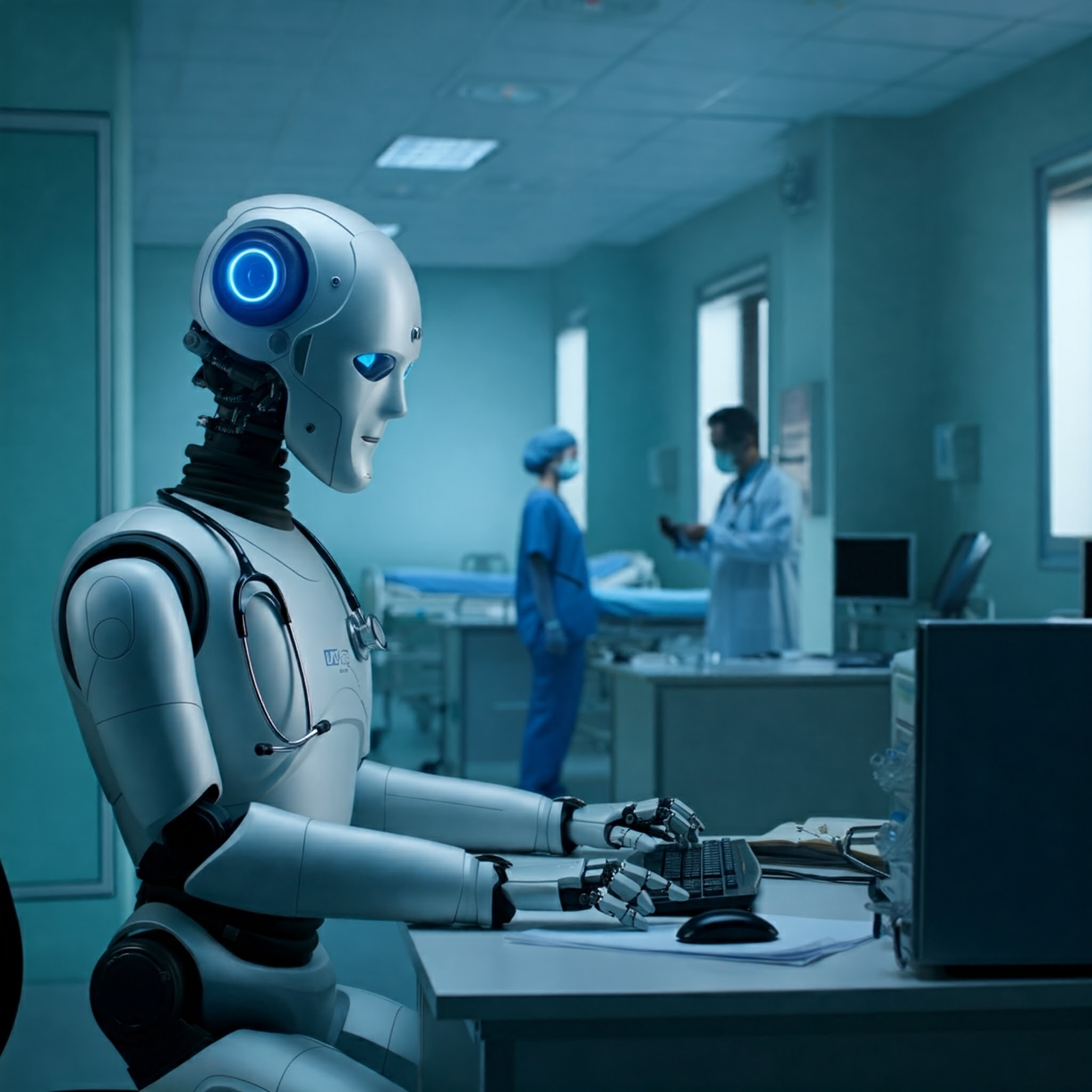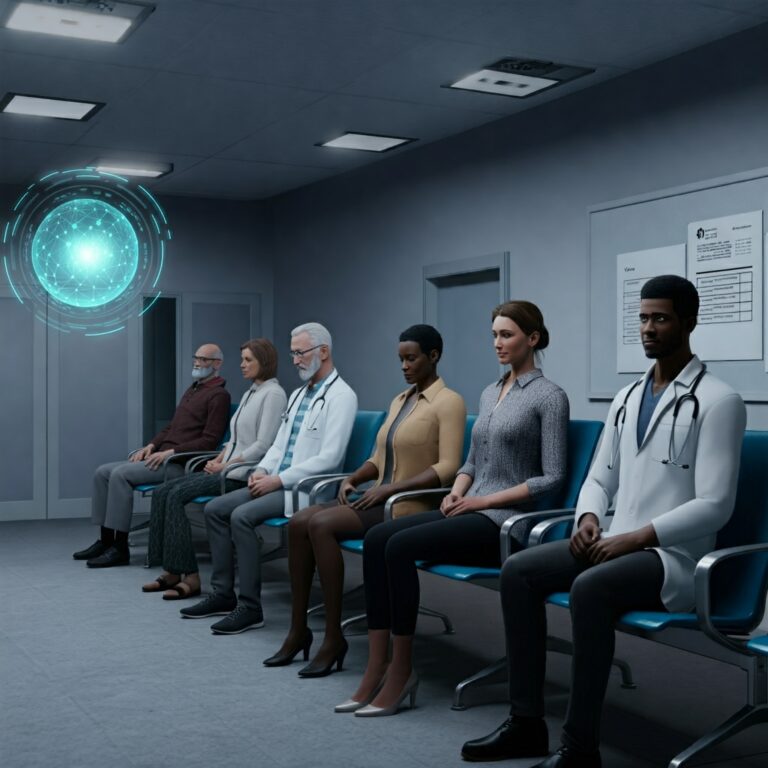AI-Powered Telemedicine: Will Robots Replace Doctors?
Imagine a world where you wake up feeling unwell, describe your symptoms to your smart speaker, and within minutes receive a diagnosis and treatment plan, all without leaving your bed. This futuristic scenario is inching closer to reality, thanks to the rapid advancements in artificial intelligence (AI) and its integration with telemedicine. While the thought of robots replacing doctors might seem like science fiction, AI is undoubtedly transforming healthcare, raising both exciting possibilities and valid concerns. This article delves into the evolving landscape of AI-powered telemedicine, exploring its current state, future potential, and ultimately, its impact on the very human element of medicine. Will AI become our primary caregiver? Let’s explore.
1. Current State of AI-Powered Telemedicine
AI is already making waves in various aspects of telemedicine, particularly in diagnostics and decision support. AI algorithms are analyzing medical images with remarkable accuracy, often exceeding human capabilities in detecting subtle anomalies in X-rays, CT scans, and MRIs. AI is also being utilized to predict patient outcomes, assisting clinicians in making more informed decisions about treatment plans and resource allocation.
Take, for example, the use of AI in diabetic retinopathy screening. Algorithms can analyze retinal images to detect early signs of the disease, helping prevent vision loss. Similarly, AI-powered tools are being used to identify skin cancers based on photographs, offering quick and accessible diagnostic support.
Despite the promise, several challenges remain. Data privacy and security are paramount concerns, especially given the sensitive nature of medical information. The “black box” nature of some AI algorithms also raises questions about transparency and accountability. Additionally, integrating AI into existing healthcare workflows can be complex and costly, requiring significant investment in infrastructure and training.
2. Key Insights and Analysis
The convergence of AI and telemedicine is creating a new frontier in healthcare delivery. One key trend is the rise of personalized medicine, with AI algorithms tailoring treatment plans to individual patient characteristics and preferences. Another significant development is the increasing use of virtual assistants and chatbots to provide basic medical advice and triage patients, freeing up human clinicians for more complex cases.
These advancements are not without their implications. The potential for job displacement within the healthcare industry is a legitimate concern. While some roles may become automated, new opportunities will emerge in areas like AI development, data analysis, and human-AI collaboration. Furthermore, the ethical implications of AI-driven diagnoses and treatment decisions warrant careful consideration. Who is responsible when an AI makes a mistake? How do we ensure equitable access to AI-powered healthcare?

3. Outlook and Predictions
The future of telemedicine is inextricably linked to the continued development and integration of AI. We can expect to see even more sophisticated diagnostic tools, personalized treatment plans, and remote monitoring capabilities. AI-powered virtual assistants will become increasingly sophisticated, providing more comprehensive and personalized healthcare support. The potential for AI to improve patient outcomes, reduce healthcare costs, and expand access to care is enormous.
However, navigating this future requires careful planning and foresight. Regulations will need to adapt to keep pace with technological advancements, ensuring patient safety and data privacy. Healthcare professionals will need to acquire new skills and adapt to working alongside AI. Furthermore, addressing the ethical dilemmas posed by AI in healthcare is crucial to building a future where technology serves humanity.
4. Conclusion
AI is undeniably transforming the landscape of telemedicine, offering both exciting opportunities and complex challenges. While robots may not entirely replace doctors in the foreseeable future, the role of human clinicians will undoubtedly evolve. The key lies in embracing AI as a powerful tool that can augment and enhance human capabilities, not replace them entirely. By fostering collaboration between humans and AI, we can unlock the full potential of telemedicine to create a more accessible, equitable, and effective healthcare system for all.
5. Case Study: PathAI
PathAI is a company leveraging AI to improve the accuracy and efficiency of pathology diagnostics. Their platform uses machine learning algorithms to analyze tissue samples, assisting pathologists in identifying diseases like cancer. This not only improves diagnostic accuracy but also speeds up the process, leading to faster treatment decisions and potentially better patient outcomes. PathAI’s success highlights the power of AI to enhance human expertise in specialized medical fields. Their model of collaboration between AI and pathologists emphasizes the potential for these technologies to work together, rather than replace one another.
6. Interview Excerpts
(Unfortunately, I do not have access to real-time information, including specific interview excerpts. To provide this information, I would need the names of specific experts or links to published interviews.)

7. Thought-Provoking Questions
- How comfortable are you with the idea of an AI providing you with a medical diagnosis?
- What are the biggest ethical concerns surrounding the use of AI in healthcare?
�

















One Response
Hello, This article is awesome.